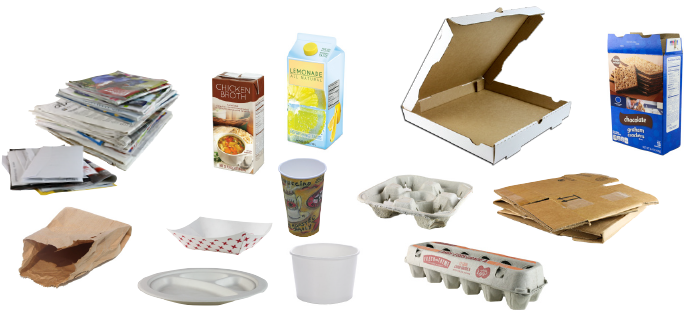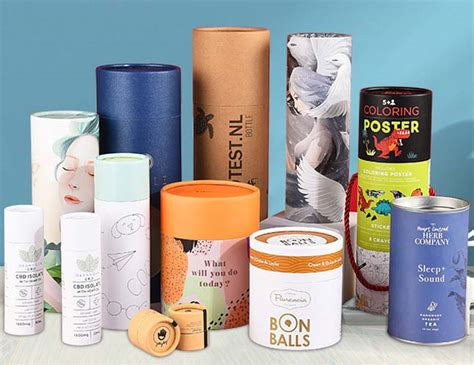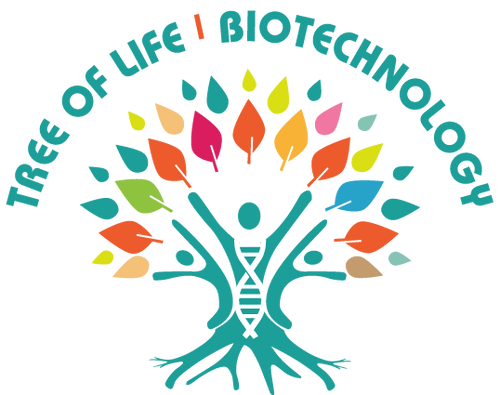
Biochar as an Additive/Filler for Cardboard Boxes & Paper Products
- Pack your fruits and vegetables in a Biochar box, double their shelf life then compost the boxes with the leftovers and make Terra Preta in your backyard. Biochar paper and cardboard might become the most influential invention to mitigate climate change while reducing organic residues sent to landfills.
- Biochar has a wide variety of beneficial properties that can displace synthetic and expensive biodegradable products currently used today. An increasing number of Biochar based products were recently designed to be eventually applied to soil, but which will enjoy a useful life above the soil first. Two of the qualities that set Biochar apart from many other materials are its versatility and its numerous cascading benefits. When products made with Biochar end up in the soil, whether in a garden or a landfill, they can provide long term benefits to soil quality and fertility. Non-soil uses of Biochar will also provide several climate friendly solutions and have the advantage of continuing to sequester carbon when cast off to the soil after use.
- Our most recent project could potentially transform Biochar from being a novelty material to one that is ubiquitous in the consumer environment, preventing massive amounts of carbon from returning to the atmosphere. Allow us to introduce you to chardboard, a blend of Biochar and paper pulp.
- Paper and packaging materials generally contain a mix of fiber and filler material. Fibrous material acts as the binding agent while fillers have traditionally been added to lower production costs. Certain fillers can also help maximize bulk, printability, stability, drying rates and various other qualities. The end use for the paper product determines which filler properties are most important, but characteristics such as particle size and shape, surface area and color are important considerations. We investigated the possibility of using Biochar as a filler to create a sustainable packaging material that could be made into a wide variety of products.

Biochar Paper – elevating Biochar from novelty to ubiquity
- The sustainable packaging industry is predicted to grow to more than USD$244 Billion by 2018 (Rodden, 2012). In light of public demand for sustainable products, manufacturers and retailers have been exploring more sustainable packaging systems that increase the use of renewably sourced materials as well as looking at ways to increase waste recovery.
- Chardboard would qualify on both counts because Biochar can be made from a range of organic waste materials including typical waste products from the pulp and paper industry. Not only is chardboard highly sustainable, but Biochar based packaging could also offer a wider range of functional properties. For example, Biochar could provide insulating properties to cardboard, inhibit ripening in produce, keep produce dryer and even protect electronics from electromagnetic fluxes.
- Biochar can replace synthetic inputs currently used in the packaging industry and best of all: chardboard packaging will continue to benefit the environment long after the box is no longer in use even if it ends up in the landfill.
- Customized paper blended with Biochar is not a new technology. Japanese companies have already invented a charcoal based tissue material called 'umezumi' made from plum pits (seeds) which has deodorizing and vapor absorption properties. Experience in Japan with Biochar tissue paper products shows that Biochar's ability to adsorb odors is retained when blended with paper pulp. Uses for this paper include shoe soles, drawer or refrigerator liners, and mattress pads amongst other possibilities.

The Many Benefits for This Industry
Biochar used as a filler has the potential to provide a variety of different properties of value to industries as diverse as food production, horticulture and electronics.
- Compatible with beneficial bacteria – Municipalities are struggling to divert more food wastes from landfills and into composting where nutrients can be recovered and used to grow food, but they are challenged by the odor problem of decaying food waste. Food waste can be disposed of in chardboard containers inoculated with efficient degraders which would reduce odor and prevent nutrient loss.
- Low thermal conductivity - An interesting property of hardboard is its low thermal conductivity. Initial testing of chardboard shows that heat transmission is reduced (the product will be undergoing testing to measure conductivity more accurately). This is an ideal characteristic for hot or cold food packaging, for instance, insulating sleeves for hot or cold beverages, or pizza boxes that retain heat.
- Extend produce shelf life – certain fruits and flowers are highly susceptible to premature ripening due to ethylene, a natural plant hormone that promotes cell degradation. As biochar can sorb ethylene, (Abe & Watada, 1991) biochar added to packaging for fruits such as bananas or kiwis could help increase their longevity.
- Anti-static agent - Electrostatic discharge (ESD) can damage electronics components during shipment. Biochar produced at higher temperatures is conductive so chardboard could dissipate static as well as protect electronics from mechanical damage thereby eliminating the need for multiple packaging elements.
- Moisture absorption – the porous nature of biochar allows for easy absorption of moisture and vapors which can help keep products fresher longer and in other applications could provide resistance to fungi or mold formation.
- Cradle to Cradle® - At the end of its initial use chardboard continues to be useful and restorative by adding carbon back to the soil. Ideally those with access to gardens could toss it in their compost bin or garden after they have used it as a litter liner. Since many urban dwellers don't have that option, it is likely that a significant portion may end up being landfilled. Even if it does end up in a landfill, chardboard will likely be 'bio-beneficial' as it can help reduce odors and toxic leaching as well as inhibit methane emissions (Reddy, Yargicoglu, Yue & Yaghoubi, 2014). Recycling chardboard is an area that requires more research to understand the impact of Biochar during the recovery and recycling process.

The Many Uses In This Industry
The number of possible uses for chardboard seems almost limitless. The initial list exceeded 55 uses but we decided to stick to this number as it has become synonymous with the multi-faceted uses of biochar (see: 55 uses of biochar), without accounting for carbon sequestration when the products eventually end up in the soil. Here are some of the possible products under discussion:
Food & Beverage Packaging- 1. Coasters, 2. Coffee packaging, 3. Coffee cup sleeve, 4. Cup holders, 5. Food tray, 6. Egg cartons, 9. Fruit packaging, 10. Napkins, 11. Place-mats, 12. Take-away containers, 13. Sandwich wrappers, 14. Disposable plates.
Yard & Garden- 15. Seedling starter pots, 16. Seed tape, 17. Sheet mulch, 18. Seed blocker, 19. Leaf litter bag, 20. Plant wrap, 21. Weed barrier cloth.
Home- 22. Book covers, 23. Book marks, 24. Ceiling tiles, 25. Furniture, 26. Drop cloth, 27. Picture matting, 28. Wall covering, 29. Hangers, 30.
Kitchen waste compost bags.Medical-31. Biodegradable bedpans, urinals, kidney dishes, 32. Surgical attire (masks & caps), 33. Patient gowns & slippers, 34. Underpads, exam table paper, 35. Band aid, skin wrap.
Office & Shipping Supplies-36. Bags, 37. Boxes, 38. Cubical dividers, 39. Folders, 40. Notebook covers, 41. Envelopes, 42. Edge protectors, 43. Fiber drums, 44.
Shipping tubes.Personal Use-45. Diapers, 46. Toilet liners, 47. Sanitary napkins, 48. Biodegradable urns, 49. Gift wrap.
Pets-50. Pet casket, 51. Poop bag, 52. Kitty litter liner, 53. Wee wee pads.
Miscellaneous-54. Car insulation, 55. Gaskets.




